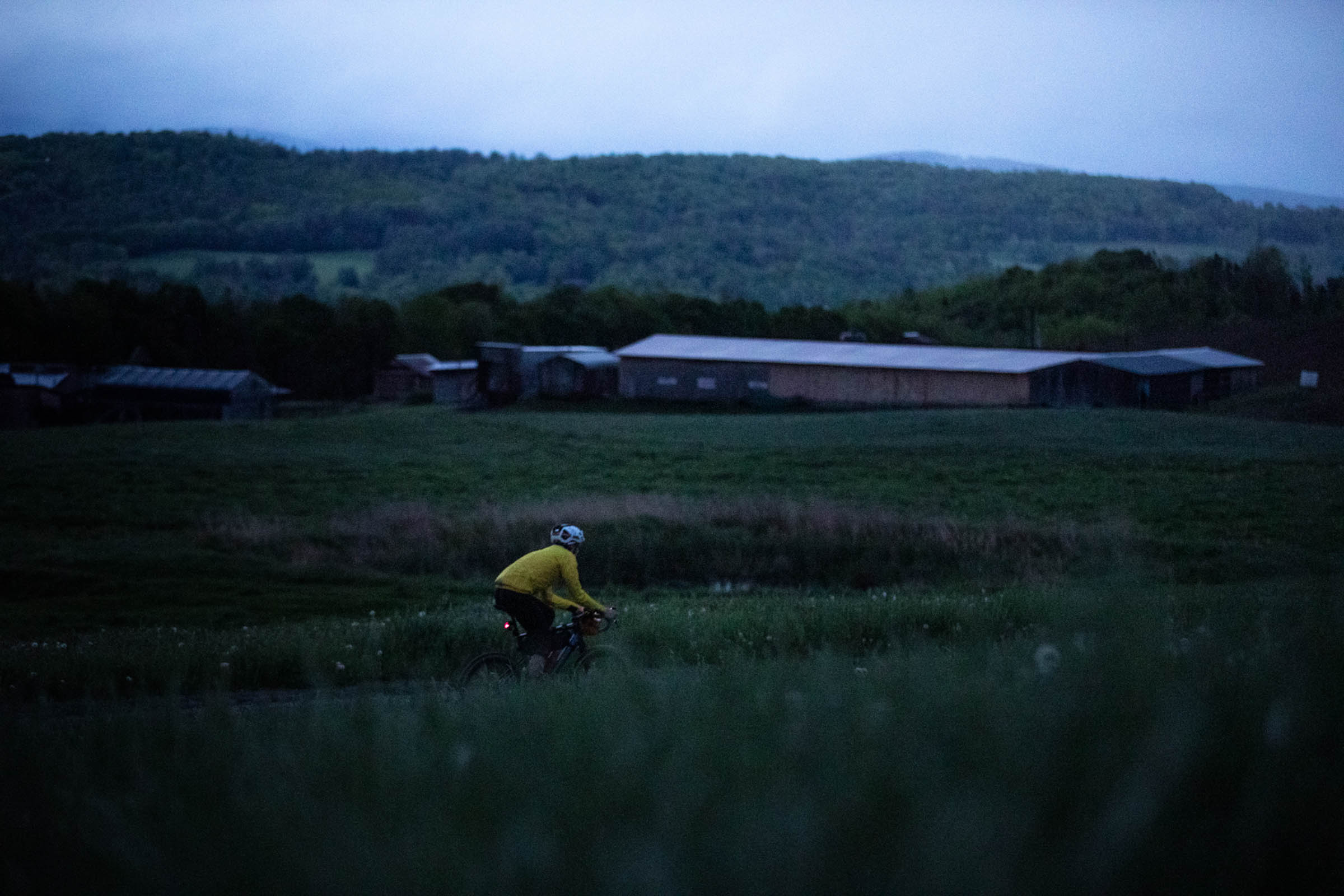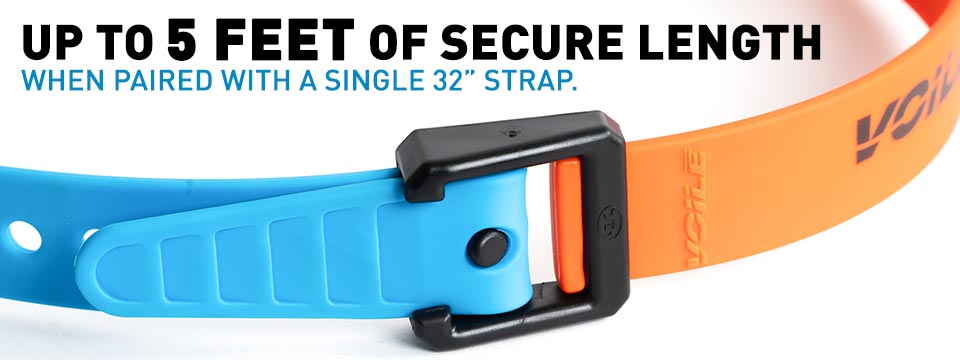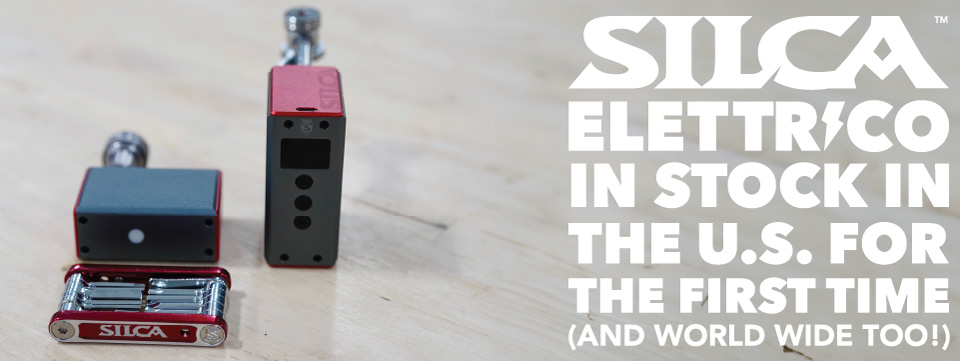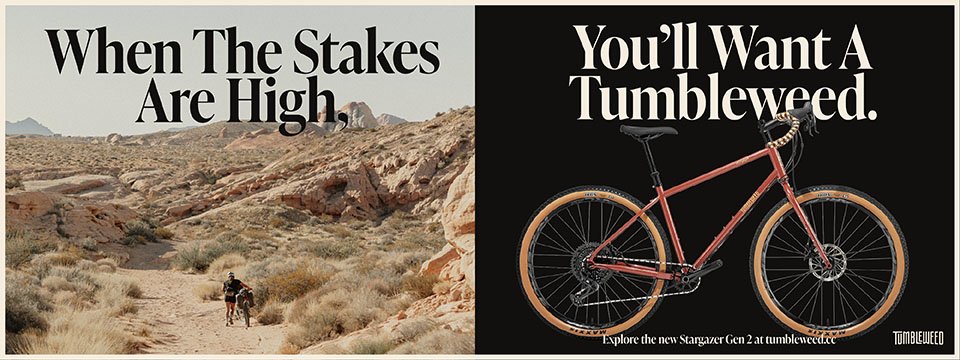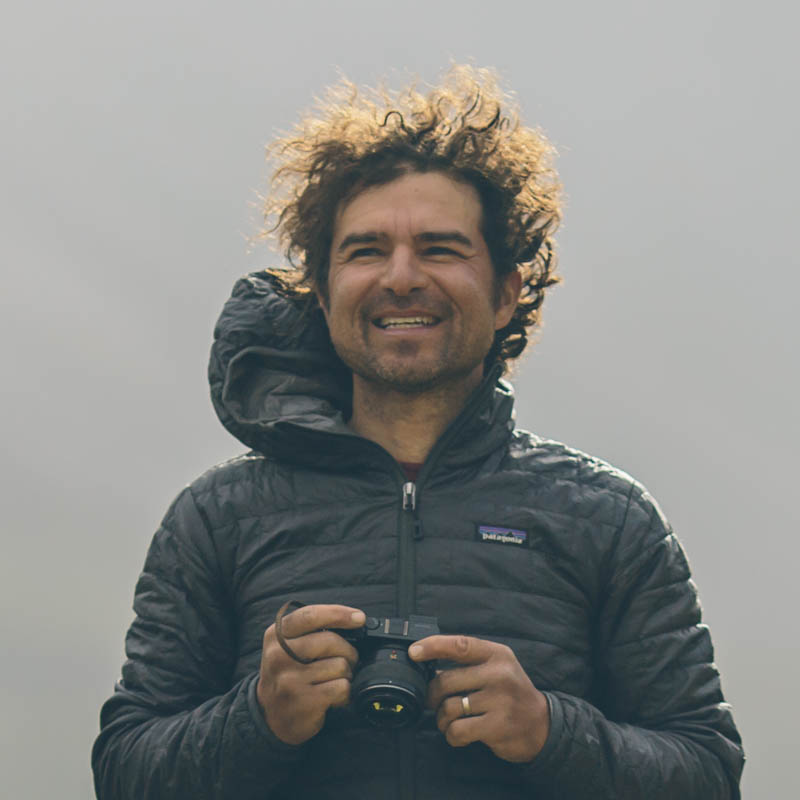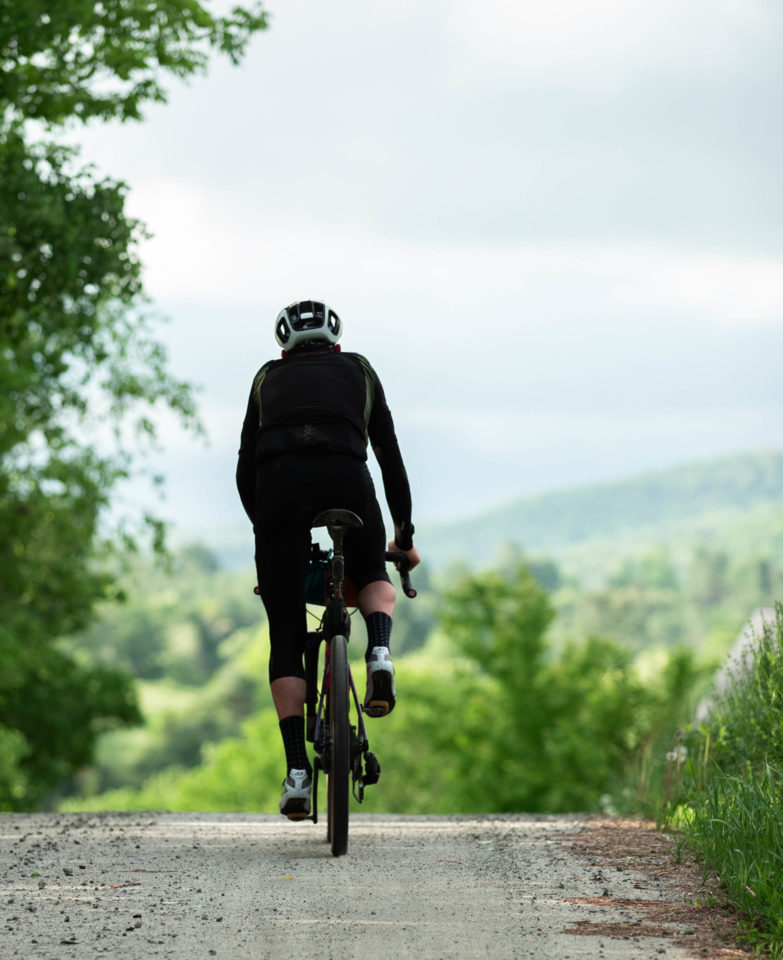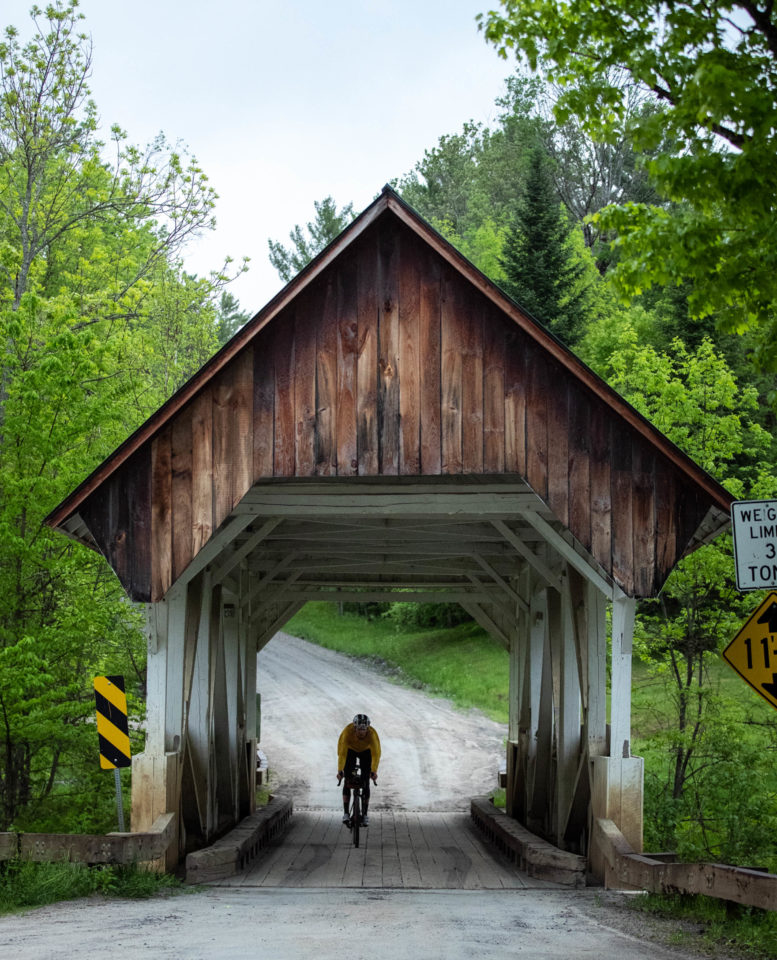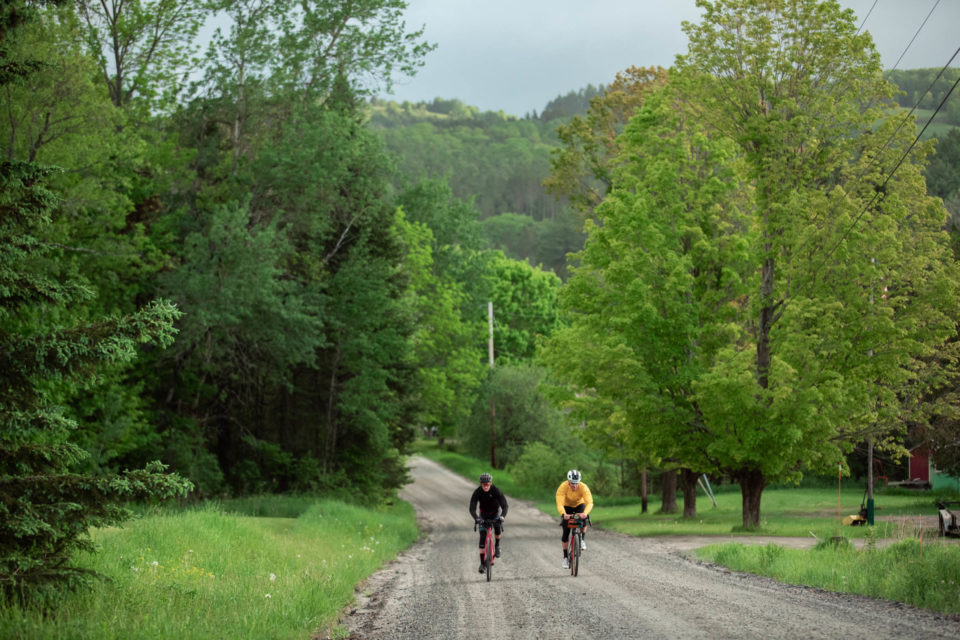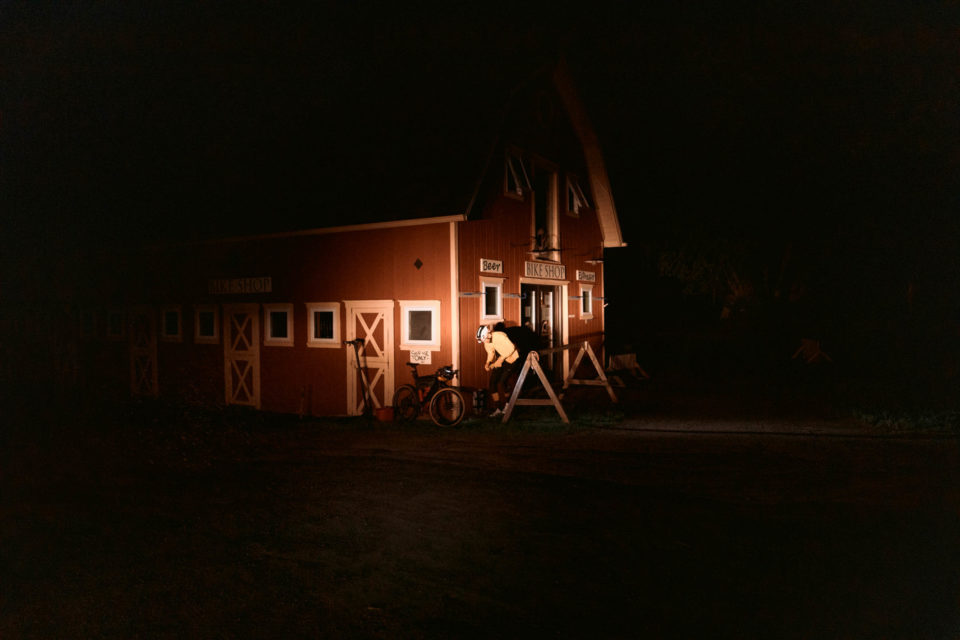Ted King’s DIYGravel (Film)
Last night Ted King premiered a film on his inspiring gravel ride across the state of Vermont via the forthcoming VTXL bikepacking route. He pedaled 310 miles (499 kilometers) with 35,000ft (10,700m) of climbing—90% of which was on dirt—in under 23 hours. Watch the video here along with a Q&A with Ted and the filmmakers.
PUBLISHED Jun 11, 2020
Still shots by Ansel Dickey (@anseldickey) and Nick Keating (@nickkeating)
Ted King (@iamtedking) is a USA bike racer who competed in the ProTour from 2006 through 2015, racing the most famous events in the world including Paris Roubaix, the Tour of Flanders, and the Tour de France. In the years since his retirement, he has continued to be active in cycling and has wholeheartedly embraced the gravel race scene. He won Dirty Kanza in 2016 and 2018 and has competed in Leadville, the Landrun 100, and Grinduro, to name just a few. Throughout his career, Ted has used social media to graciously let fans in on the experience of a professional cyclist, always cultivating a sense of community around the sport.
Ted had a full schedule of gravel races on the slate for 2020, but, of course, the COVID-19 pandemic erased those plans. As a replacement he lined up his sponsors to support DIYGravel, a project where riders who were signed up for cancelled gravel events could do their own version of the ride near home and share it with others for prizes and fellowship.
In March Ted texted me to ask whether I knew of a border to border Vermont crossing—from the Canada line to the Massachusetts line—primarily on gravel. I spent that weekend producing a very rough draft that we were both psyched about, so pressed on over the next months to perfect it.
Ted rode the route in celebration of the Dirty Kanza XL on the weekend when DK was supposed to take place. He faced the worst weather of the month, relentless hills, and classic Vermont dirt tracks. Check back here in the coming weeks for the full description and resource guide for the route. We’re calling it the VT-XL, and we hope that, when it is prudent and advisable to do so, you come ride it and enjoy a few days of hard gravel and dirt road riding in the Green Mountain State.
Ted, pushing yourself for 23 hours is plenty of time to experience a range of emotions. Can you describe some of the ways you felt during this ride?
The convenience of a literal all-day ride is you experience the full day’s worth of emotions. Rolling out at 11pm Saturday, I knew it was going to spit rain for a little while. I had no idea it would be five or more hours of a steady rain and what felt like gale force winds! Even through that, my emotions were sky high all through the pitch-black early morning. I hit some high levels of discouragement, though, after my first century when I thought that I had completed the tough, climbing of the day, only to realize that the properly steep, nonstop undulating roads of central Vermont were about to kick into gear and really take their toll on me. Thankfully I had linked up with my former pro race pal, Ian Boswell, to lift spirits. Even on his fresh legs he admitted this route was severe.
Veering off from him at the halfway point, I was pretty ecstatic rolling into Sharon, Vermont to see my wife and our daughter Hazel. That fueled me for the next couple of hours. Then somewhere after 18 hours, I was basically riding a rollercoaster of emotion where the positive and negative gradients operated in reverse proportion with how I felt — I was frustrated going up and elated going down. It was climbing the back side of Stratton Mountain considerably late in the ride, which is the longest climb of the day by a matter of miles, that I was really able to be alone in my thoughts and just soak up what this whole ride is about. That was the furthest I was from another person all day and yet the closest I felt to being connected to this route. Concentrating on the 12” track in front of me, thinking about the significance and distance and time and just overall achievement, but still knowing I had a few hours to go, that was a really cool feeling.
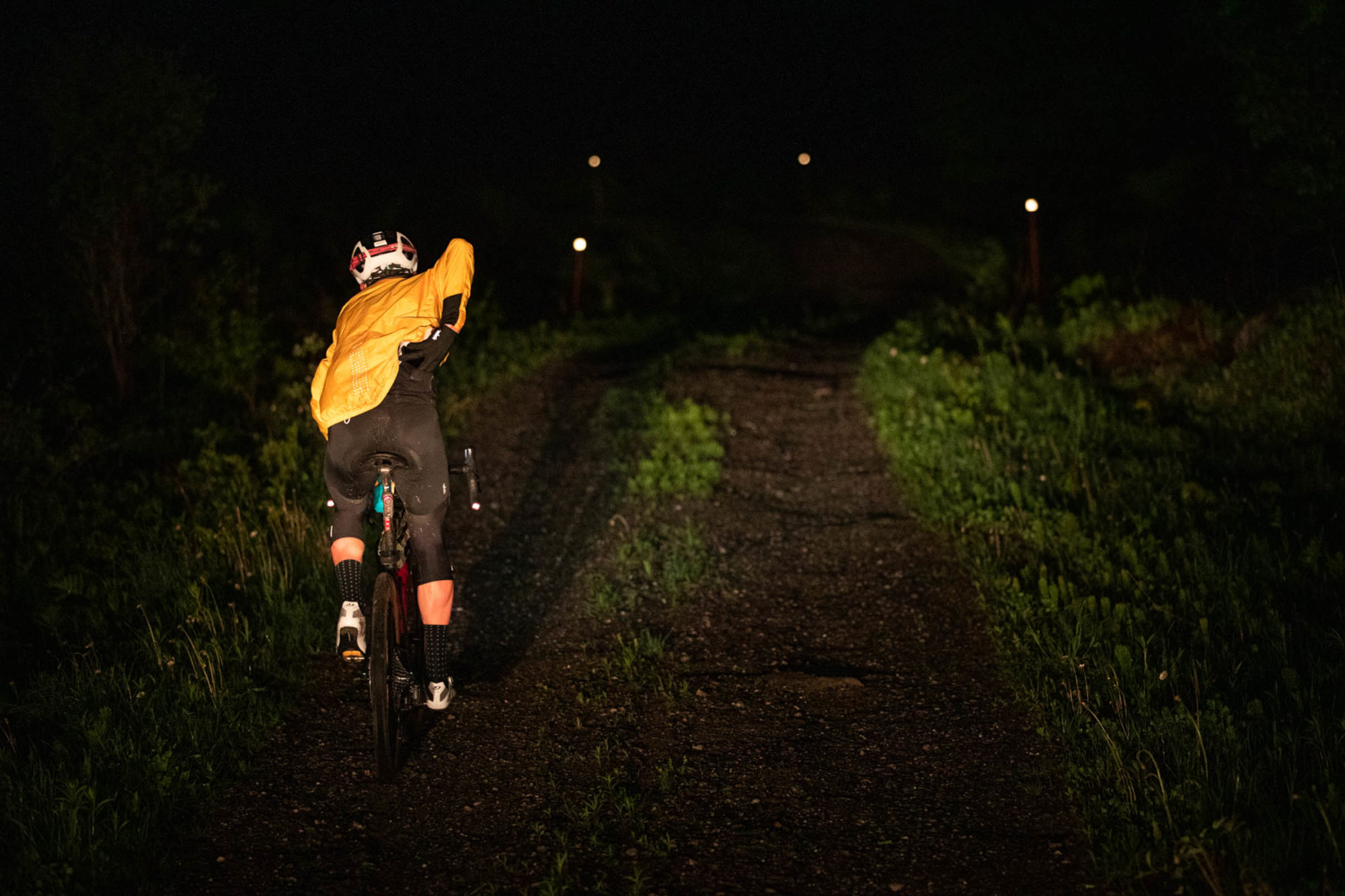
How did you keep going when you wanted to stop?
I had roughly estimated that a 15mph overall average speed would be good, stops included. But even from the very beginning, I had underestimated how much class 4 there would be as well as just how rough it would be. [“Class 4” is a road designation in Vermont which indicates that a track is a public right of way but that isn’t maintained by the town. —Ed.] No matter how much I was flying down the descents early on and ripping back up the other side, I was always hovering at 15mph moving speed, let alone stops. So more than anything, I kept my momentum going and kept my pit stops short purely to see the finish line within 24 hours. Knowing how public this ride had become, seeing messages pop up on my cycling computer in those rare instances that we had reception, that really helped spur me along.
What stays with you in terms of the Vermont countryside? You live in Vermont; can you say what the landscapes there mean to you?
I joke when I say that we live up in the big city, just outside Burlington. We have sparsely traveled gravel roads, plus plenty of ways to escape civilization even though we’re 15 minutes from Vermont’s biggest city. Only city?
I’ve been part of a group of friends that rides a summer route we’ve dubbed tourXnewengland. We’re pushing hard for five days and 500 miles across New England, with a different route and very different feel to every year’s trip. The goal of that is to appreciate how much variety and adventure we have in our own backyard, right here in New England. You could ride in Asia or the Rockies or Pyrenees or Colombia and every other corner of the world, all with a different feel, but truth be told there’s adventure everywhere, even close to home. So take even a tiny state like Vermont, despite a similar general feeling of being out there and always being surrounded by the most emerald green blanket of foliage everywhere, each part of the state has a different sense of place, different geography, different topography, different terrain, that you really need to ride to experience the full variety.
You did this ride as part of your DIYGravel series. Tell us about your relationship to gravel racing at this point in your career.
Having arrived to gravel after having raced in Pro Tour, the acute, hard-charging, nose-to-the-grindstone racing side of things is definitely “been there, done that” for me. I’ve suffered too long and hard enough in a previous lifetime to have any interest in pushing myself to the limits that I did to keep up at the sport’s highest level. What I love about gravel is just how welcoming it is, how much it’s fueled by the community. So at this point in my life and given my position on the bike, I purely want to be an ambassador for the sport. I want more people riding bikes from all walks of life. I’d like to see cycling become mainstream, and I hope we can do something with distracted drivers so that cyclists and motorists can both operate with each other and not have the abrasive relationship that currently exists. And more so than at any other point in recent history, I feel as though “gravel” as this new (and yet totally old) entity of cycling, is the entry point to the sport for people who would otherwise never ride a bike.
DIYgravel hits on similar notes. In 2020, a year that will see a small fraction of actual events coming to fruition, I created DIYgravel in hopes of getting people excited to ride given the circumstances — safely, independently, but as part of a global community. I’ve seen DIYgravel rides from South Africa to South Carolina, the Netherlands to Nederland, Colorado. It’s taken me by surprise how much people want to be part of something and how much the bike is that lynchpin. Check it out at www.diygravel.com!
What was the bike setup and how did it do?
Ha, ironically I thought I had way too much bike for the job, but then early on in the ride, I realized this was the only bike for a route like this tackled in a single day. I was on a Cannondale Carbon Topstone Lefty which offers a nice 30mm of travel up front, plus the frame’s Kingpin rear end soaks up bumps for all day comfort. The bike is spec’d with SRAM Force AXS 1x plus a 10-50 Eagle cassette. I decided to push a bigger gear and was curious of my power output on a day like this, so I swapped in a 46t SRAM power meter (243 watt average, if you’re curious). Zipp set me up with a sweet set of 650b Firecrest wheels which matched perfectly with Rene Herse 650x48c Switchback Hill tires. I had a Zipp SL Speed seat post and stem, plus their XLPR handlebars with just enough flare to drive the bike in all circumstances. A Fizik Tempo Argo R1 saddle kept me happy the entire day. I ran three Arundel bottle cages which are awesome on bumpy, gnarly terrain, and had a fantastic pair of bags from Moosepacks. A front handlebar bag and frame back carried all the supplies for the day, plus a few bucks to the token Vermont convenience store stops.
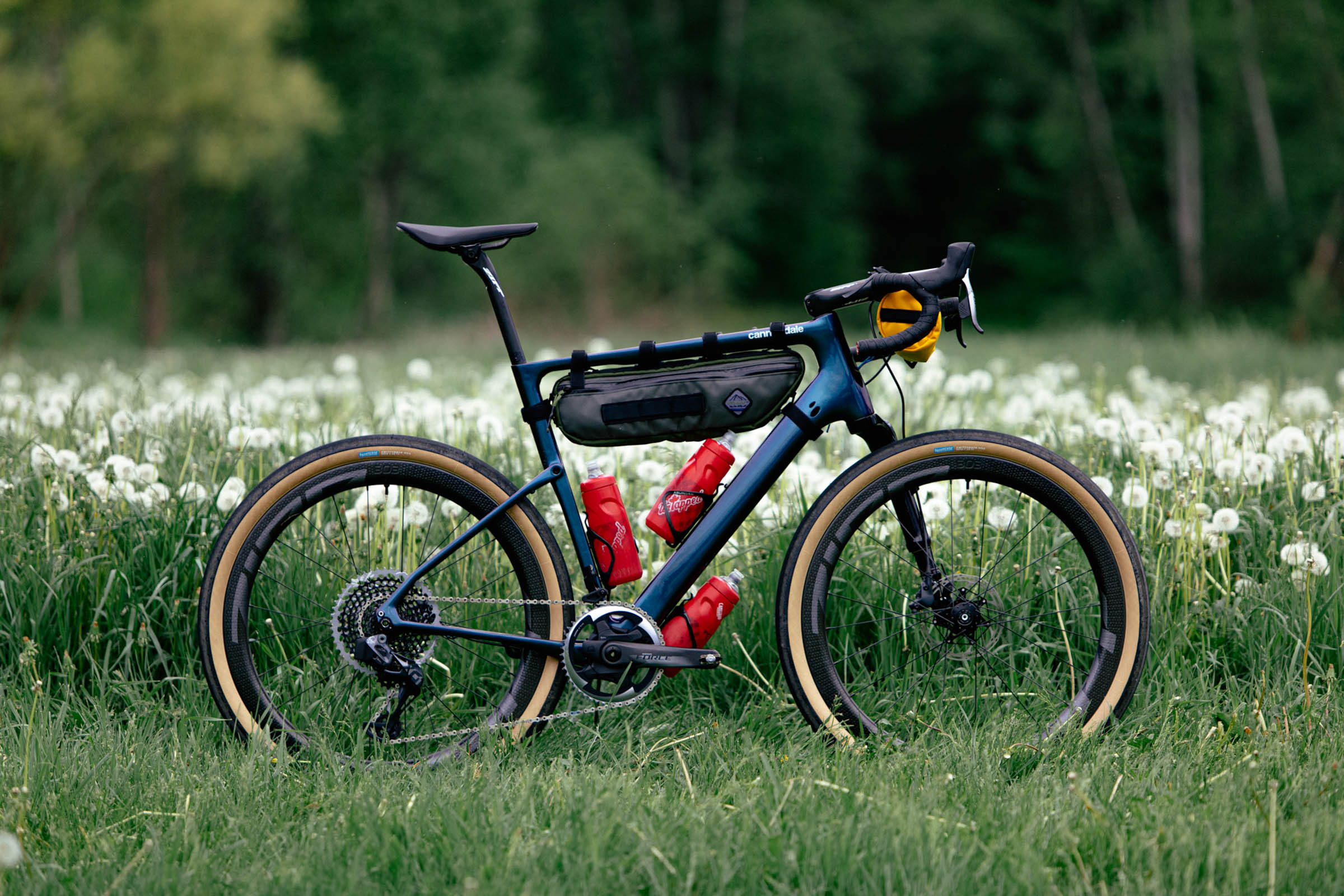
DIYGravel Dirty Kanza was filmed by Ansel Dickey (@anseldickey) and Nick Keating (@nickkeating). Ansel had this to say on making the movie:
Ansel, your media company Vermont Social has lots of experience filming cycling events. Was there anything different or especially challenging about filming Ted’s ride?
Yes! In general, cycling is not an easy sport to capture. But when it comes to Vermont class 3 and 4 roads, and a rider who’s not going to slow down, it becomes a bit more difficult. We always have an eye on production quality. So, approaching this project, Nick and I were like, “How can we capture this in the best way possible, without distracting or impeding Ted?” That boiled down to us having to navigate the wildness of Vermont back roads and find compositions on the fly. There was a lot of hustle involved.
The other factor that was an extra challenge was getting no sleep. We really started to feel it the second day when there were long sections that we weren’t shooting. After the Red Bulls wore off, we got to the point where we turned the heat off in the car, rolled down the windows, and took off our jackets. Pro tip: it’s hard to fall asleep when you’re cold. And, yes, it’s cold in VT in late May.
You mentioned to me that the route presents a comprehensive picture of your home state of Vermont, and you saw it all in one (really long) day.
Vermont is totally wild. The thing I probably love most about cycling is that in order to ride a sweet route, you need to be willing to explore. After years and years of exploring Vermont dirt roads, there are still SO many that I haven’t seen. So, to do something like this and see the entire state and the places that tourists tend not to go, all in one day was really special. I definitely marked some spots along the course that I hope to go back to one day and either ride or shoot.
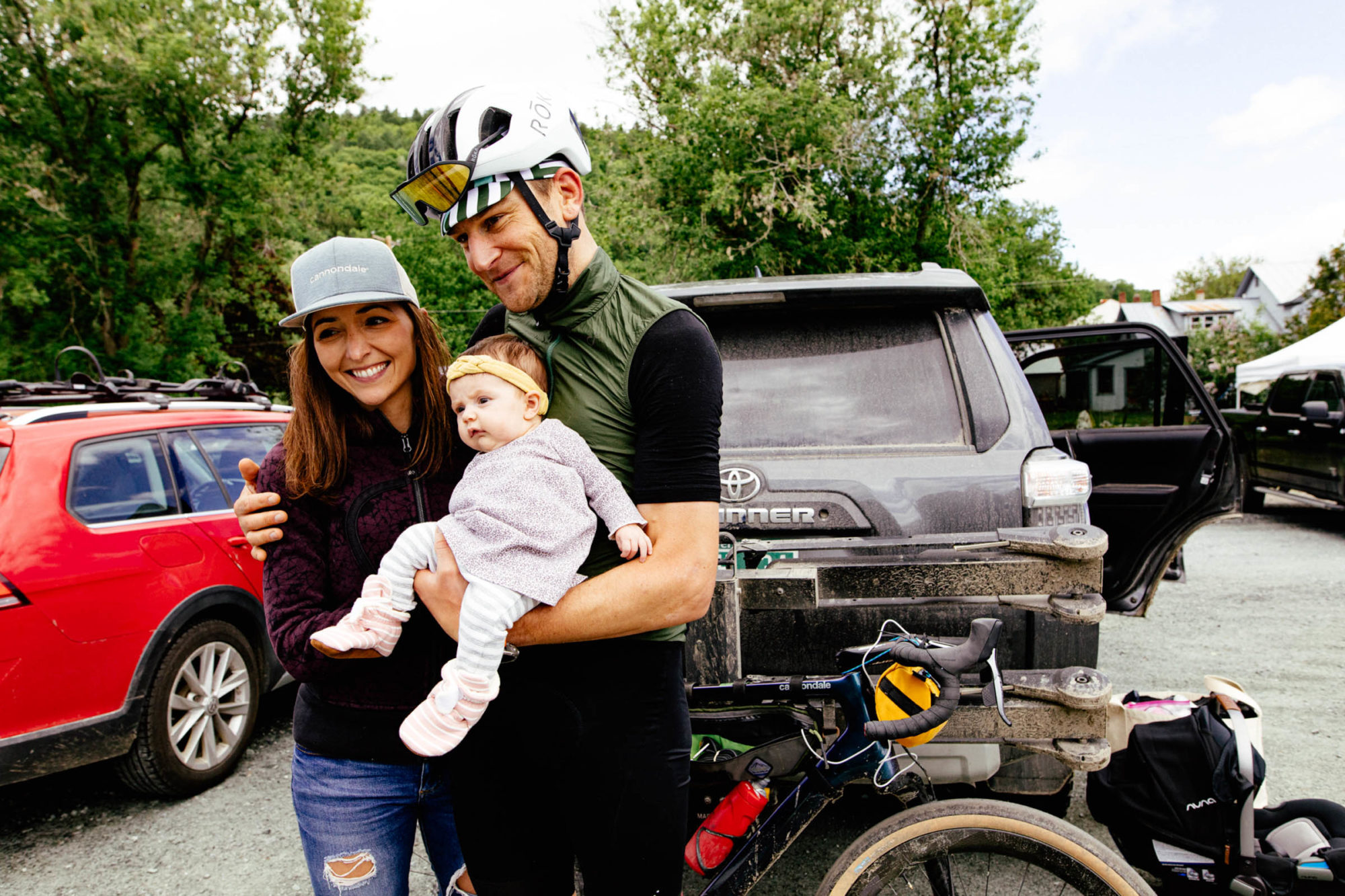
What equipment did you film on?
We were filming primarily with the Canon C500 Mark II. It’s full-frame, 6k, and shoots RAW. Those specs are a bit overkill for something like this, but having the option is super nice and even when filming at 4K on that sensor, it looks that much better. We shot our stills on 5D Mark IV’s and some of the slow motion in the film was shot with our 1DX Mark II on a small yet robust gimbal, the RONIN S. There’s always a sweet spot with the gear you bring on a production. If you have too much, you won’t be able to jump on those moments that present themselves out of nowhere, and if you have too little you won’t be able to get certain shots that you want. In this case, we were fortunate to have a vehicle that could handle the route, so we were able to bring everything we needed.
Any chance that you’ll go back and ride this route someday?
I would absolutely love to ride this route someday. The video honestly does not do the beauty of the route or Vermont justice. I’m not sure that I’d try to beat Ted’s time, but I would love to get out with some friends, take a couple of days, bring a camera, and ride this thing. I have a feeling that this route is here to stay.
Learn more about Ted King on his website, IamTedKing.com—and stay tuned for more details on the VTXL route he followed.
Please keep the conversation civil, constructive, and inclusive, or your comment will be removed.







